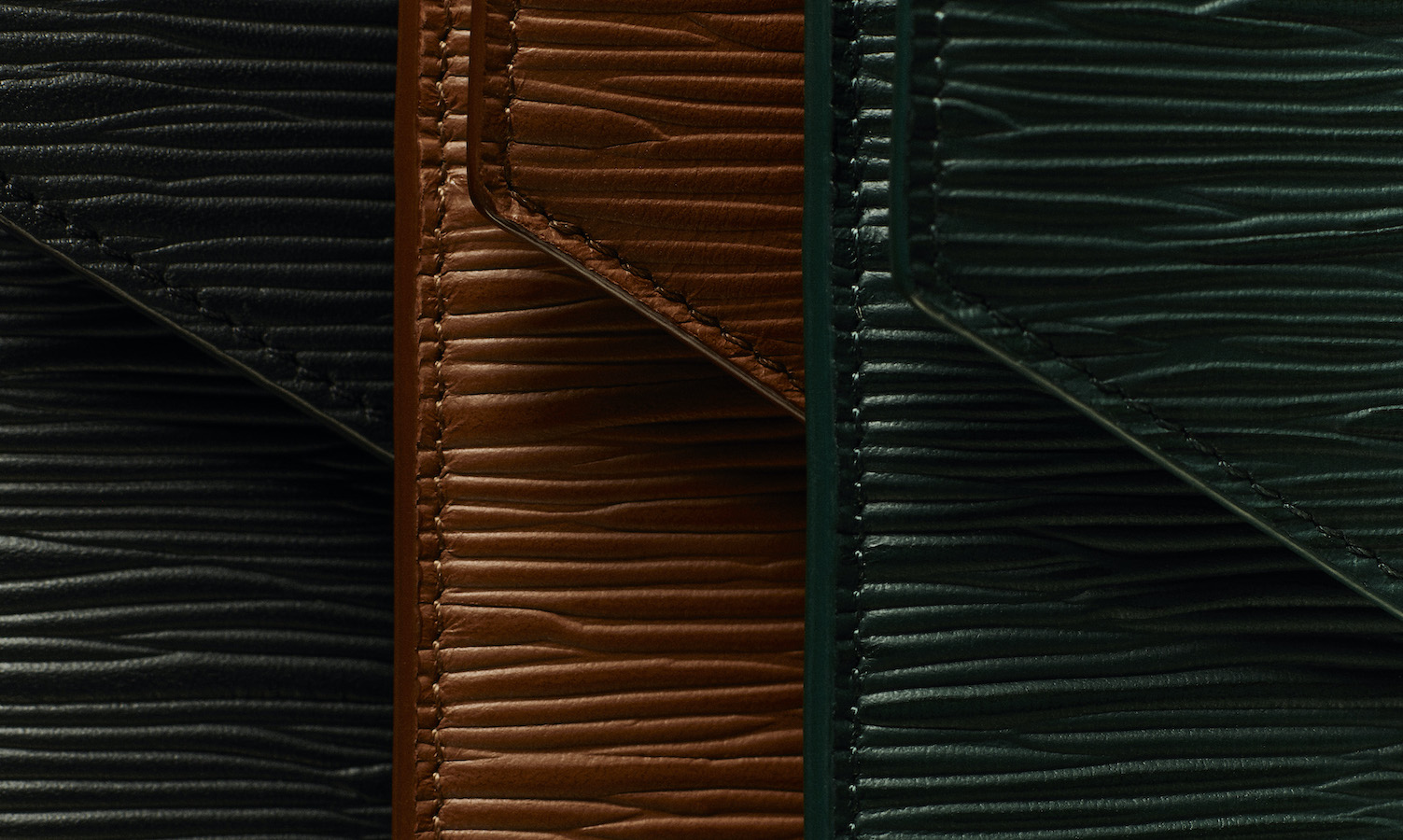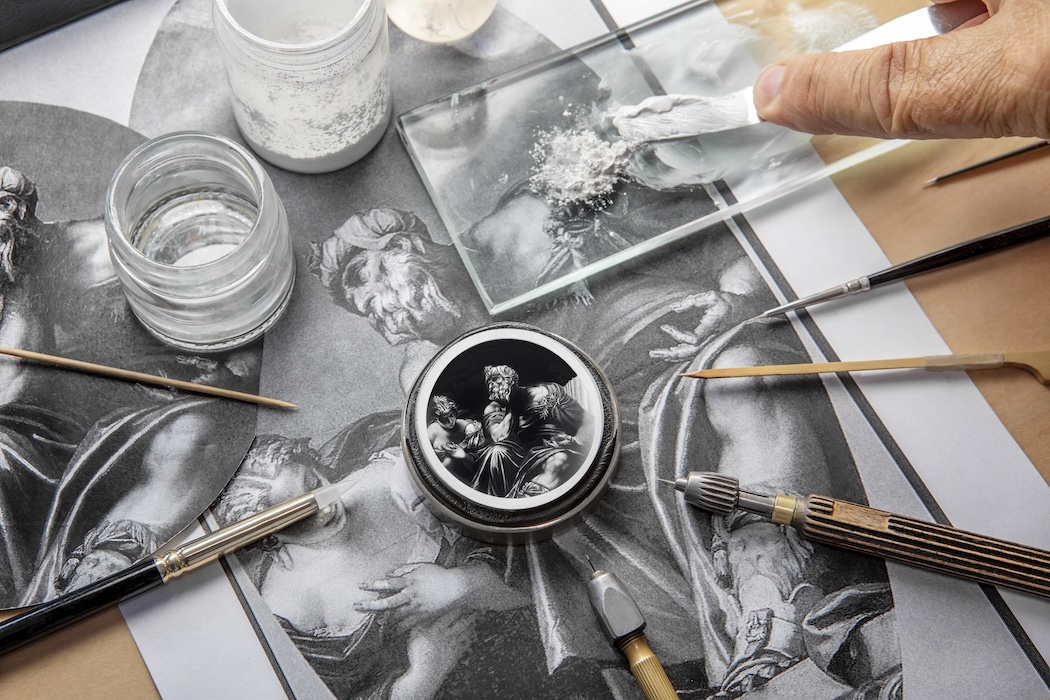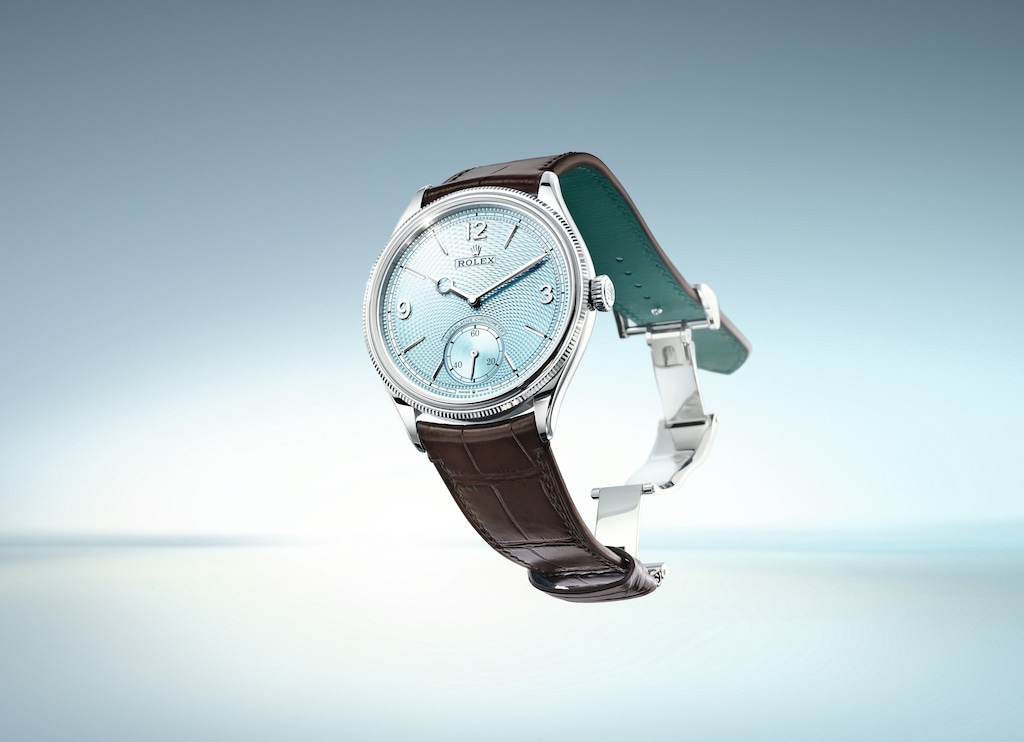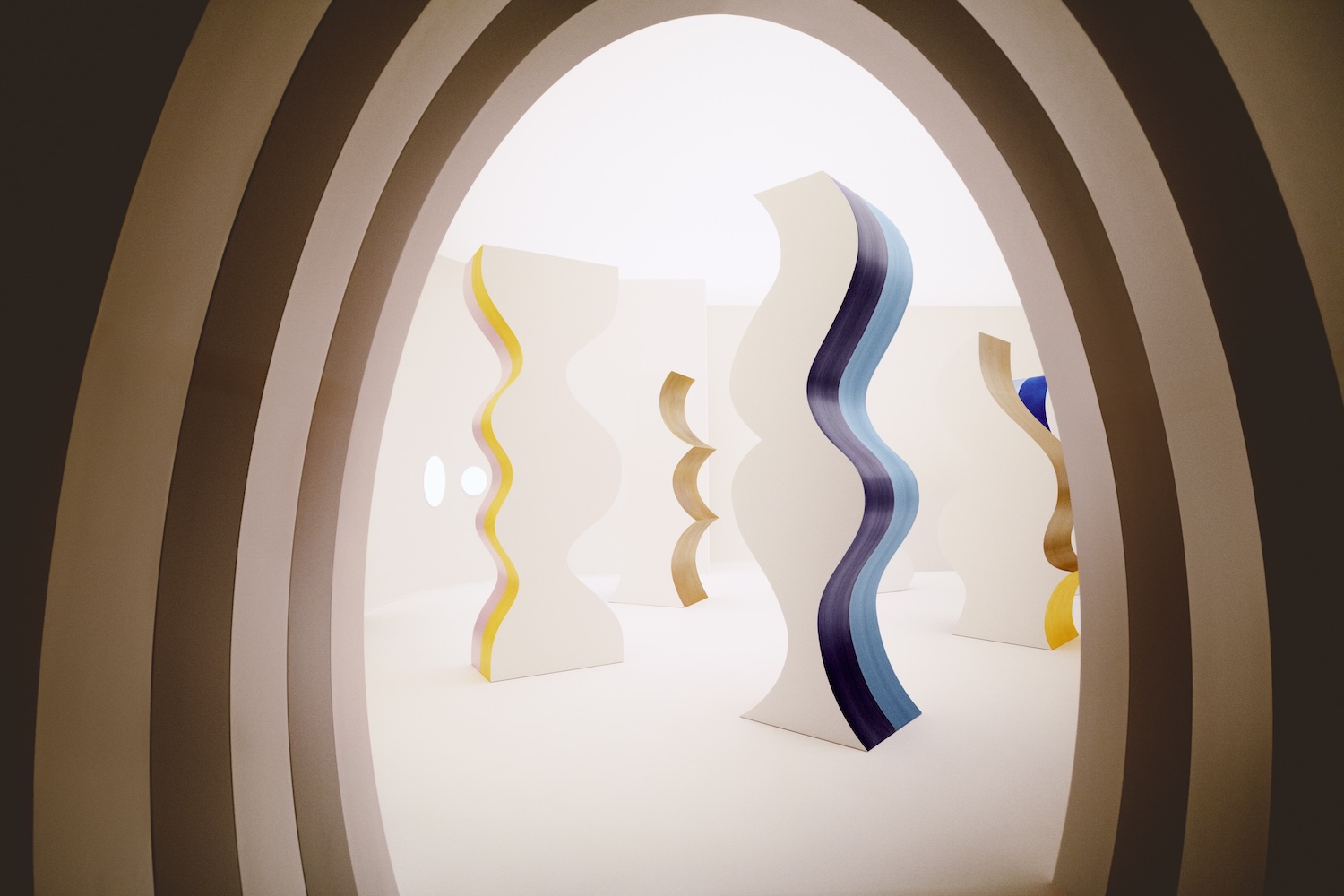Montblanc’s writing culture expands to luxury lifestyle leather
117 years have passed since Montblanc was founded in Germany by two friends, Alfred Nehemias and August Eberstein. Although Nehemias was a banker in Hamburg and Eberstein was an engineer in Berlin, the duo had returned home from a trip to New York with the desire to design a functional object. It was then that the brand’s iconic “writing instruments” were invented, representing excellence and craft in the culture of writing.
Since, the luxury pens have provided a well of inspiration for Montblanc’s expanded categories, including watches, accessories, headphones, fragrances, and leather goods. The latter—encompassing items like wallets, tote bags, backpacks, and briefcases—has grown into a key focus for the brand.
“Montblanc was always built on the pursuit of excellence in craftsmanship and design, but all our product categories were focused on this somewhat in isolation,” Nicolas Baretzki, CEO of Montblanc, told Whitewall recently. “As the brand was evolving to meet the needs of existing Montblanc customers and engage a new generation of customers, we saw an opportunity to really connect the categories in a more meaningful way so that they could experience our products in every aspect of their lives.”
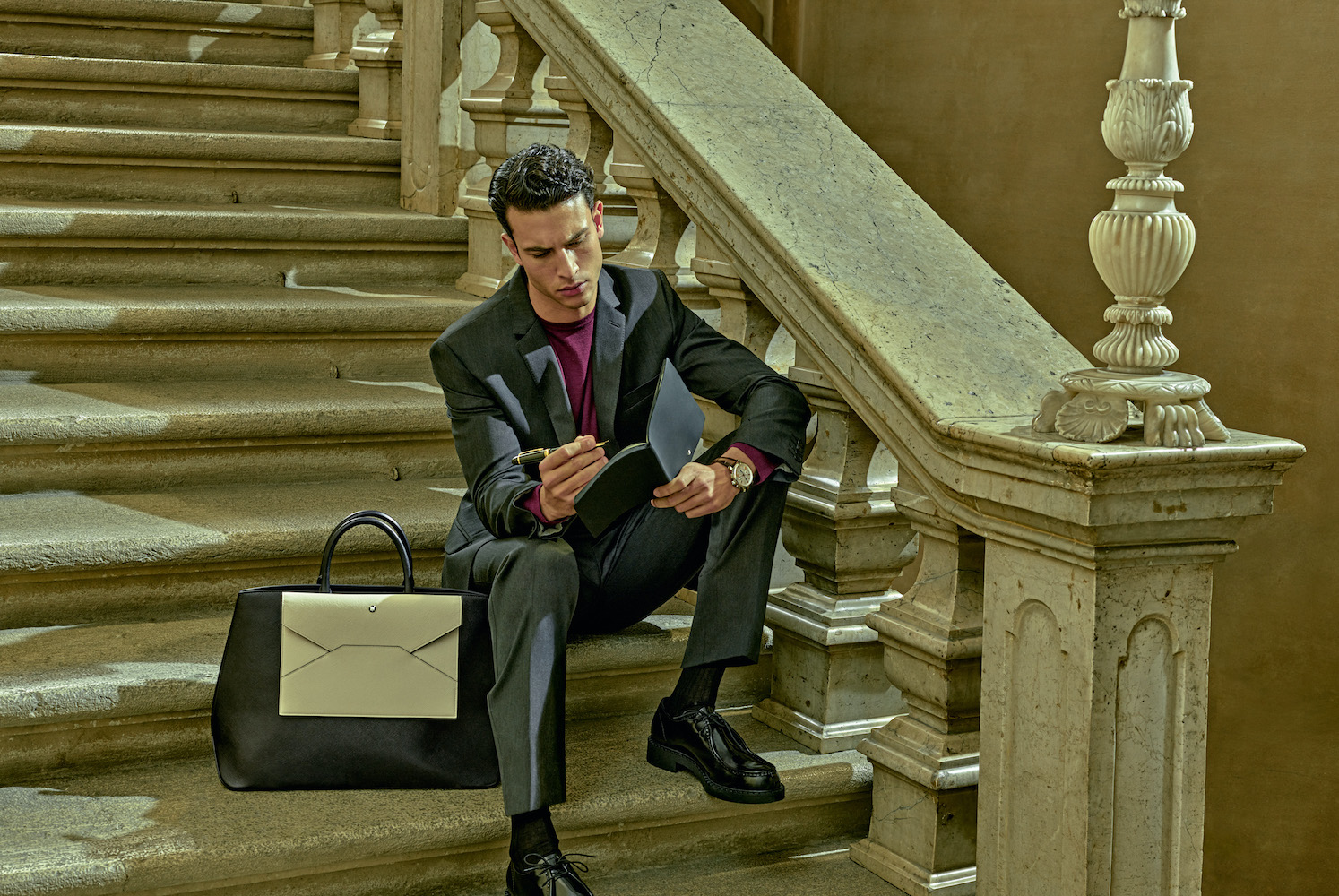
Courtesy of Montblanc.
Through this connected lifestyle approach, customers and collectors of Montblanc’s timeless writing instruments can now enjoy the brand’s attention to elegant detail and ageless durability while on the go. The brand’s best-selling Meisterstück pens, first sold in 1924, for instance, continue to lend inspiration for travel leather goods today—including the “Meisterstück” card holders, phone pouches, key fobs, wallets, pen pouches, tote bags, document cases, and briefcases, among others. From those in-demand products, other more streamlined silhouettes have since appeared, as well—including a “Sartorial” line of items like card holders, pouches, wallets, and key fobs.
Through a heightened focus on leather goods and travel accessories, Baretzki and the brand’s Creative Director, Marco Tomasetta, shared with Whitewall how Montblanc is merging its heritage with a forward-thinking approach for a dynamic new approach.
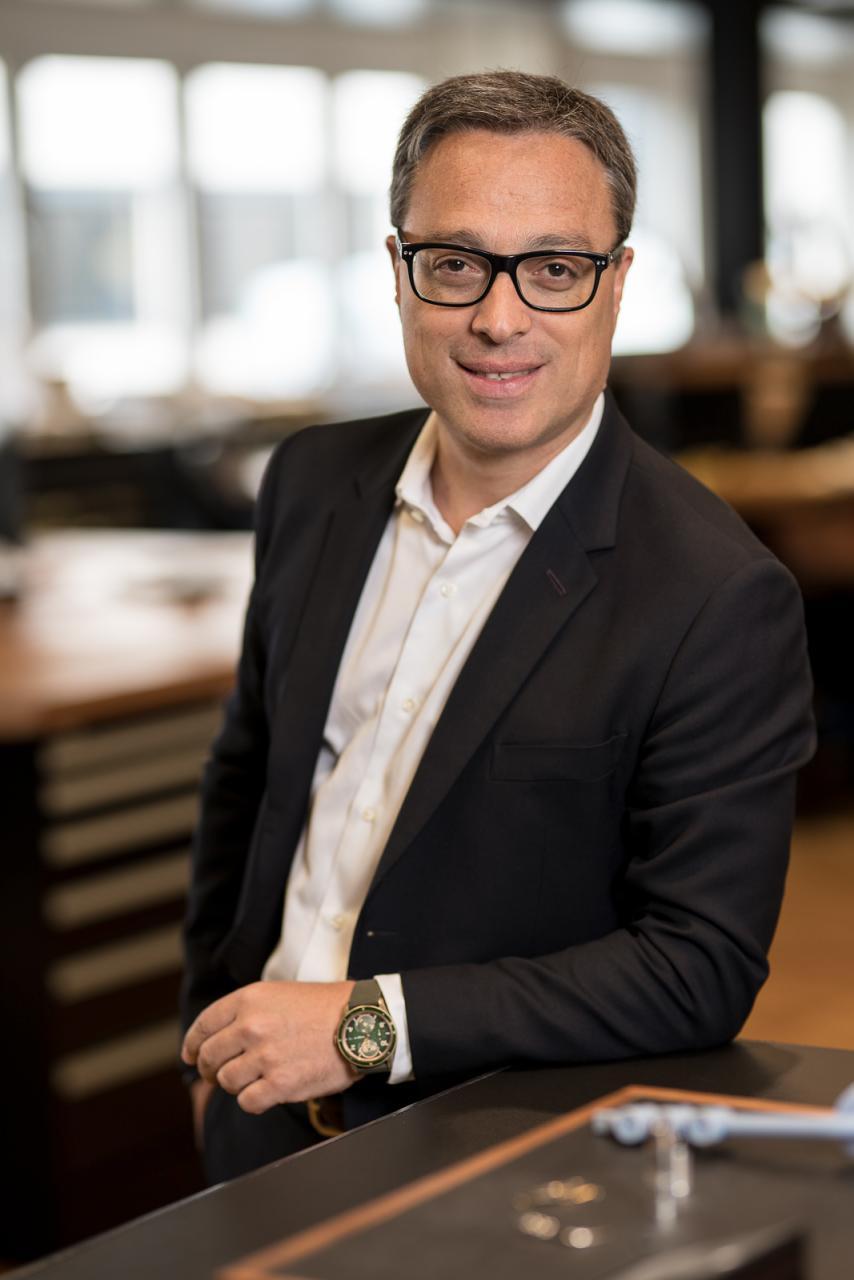
Courtesy of Montblanc.
WHITEWALL: How are you imagining the brand’s evolution and transformation with leather goods especially in mind?
NICOLAS BARETZKI: As we rearticulated our belief that everyone can leave a mark, we had to live up to our mission of inspiring them with the products to achieve that. We also decided that we should be leaning into the things that set Montblanc apart from every other luxury brand—our origins in writing, but also our connection to the mountains and adventure, to travel and exploration. With our leather goods, you see all that come to life with forms and functions that meet these ever-evolving needs, and design codes that are rooted in our heritage but that feel fresh, new, and original. Quality pieces that are distinctly and uniquely Montblanc.
WW: Writing instruments are becoming a new trend globally. How does a maison like Montblanc continue to stand out in this field, aside from its heritage and products?
NB: The art of handwriting is definitely booming, and we are delighted to see so many people discover or rediscover the joy of writing by hand. It’s one of the reasons we opened the doors to Montblanc Haus last year—a destination dedicated to handwriting where visitors can immerse themselves in our universe and experience writing in a different way. We also set ourselves apart with the experience we offer in our boutiques like the Ink Bar.
Beyond our products like the iconic Meisterstück, we stand out through the stories we create in our writing instrument assortment—from our groundbreaking partnership with Ferrari that brings together the beauty of Ferrari design and the engineering of Montblanc to the artistic virtuosity of our “High Artistry” editions that turn a functional instrument into a precious work of art. It’s part of our DNA to constantly reimagine the whole writing experience—what it feels like, looks like, how it can fit into our digital lives with innovations that allow us to digitize handwriting, and the stories it can express.
“The art of handwriting is definitely booming.” —Nicolas Baretzki
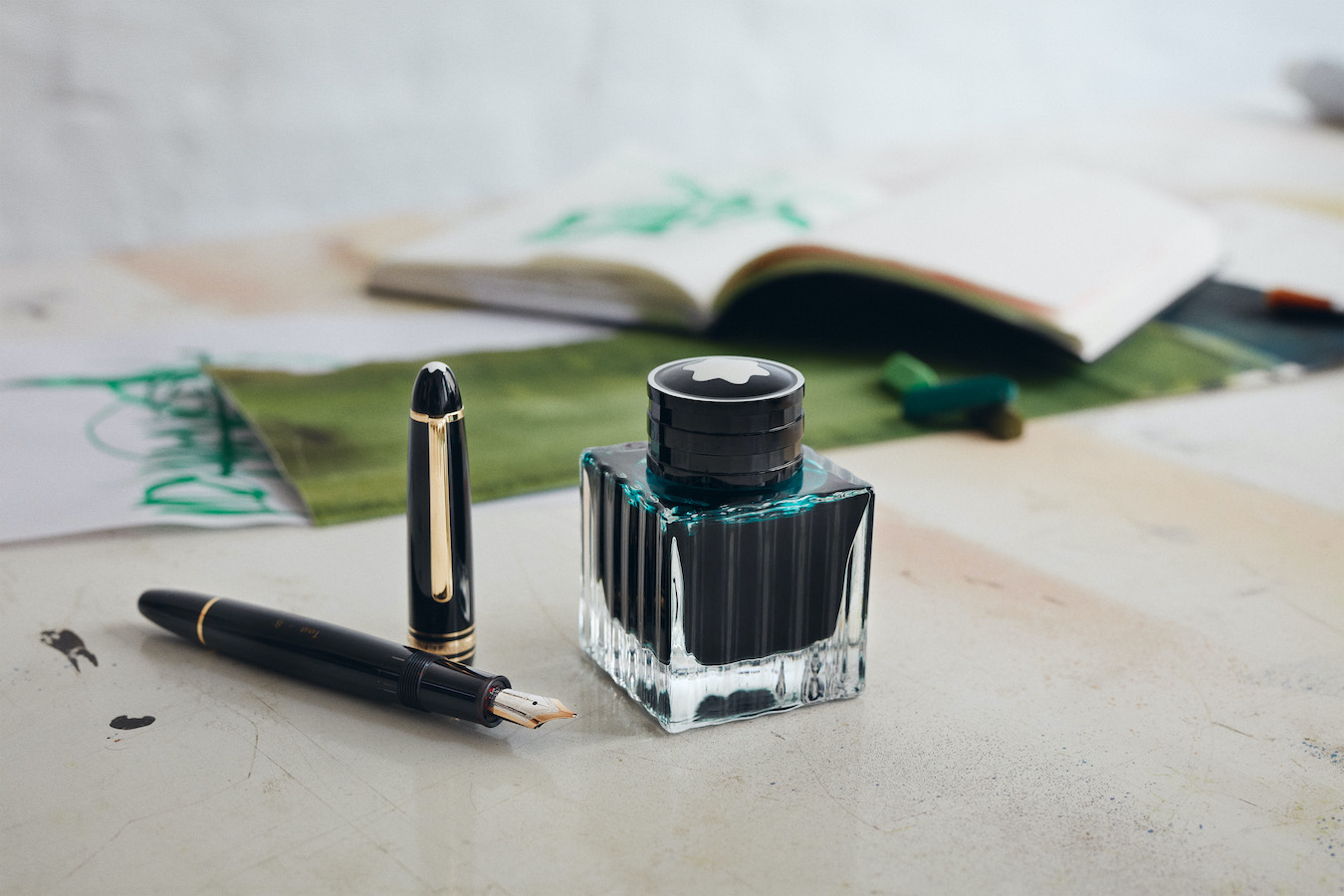
Courtesy of Montblanc.
WW: Marco, you have a background in fashion and artistic direction at brands like Louis Vuitton, Givenchy, and Chloé. How have your experiences there impacted your approach to Montblanc?
MARCO TOMASETTA: I have brought something from each of my roles at prestigious fashion houses into my next role. While I learned about seasonality and the fast pace of fashion to stay relevant while also trying to preserve the unique attributes that make a brand stand out, Montblanc is different because it doesn’t chase the seasons and its heritage in the culture of writing makes it completely unique.
During my time at Louis Vuitton, Givenchy, and Chloé, I was also able to really deepen my understanding of the leather goods category. My expertise brings me back to Florence—the very roots of leather, and Italian leather craftsmanship, how leathers are selected, how they should look and feel, and the goods are crafted. That experience led me here, and I am bringing a new kind of creativity to Montblanc craftsmanship.
“Montblanc is different because it doesn’t chase the seasons.” —Marco Tomasetta
WW: Montblanc is synonymous with its snow-capped writing instruments, yet has recently gained attention for its leather goods. This is surprising because it’s the house’s second oldest category, formed in 1926. Why would you say leather is now a focus at the house, and one that’s gaining public traction?
MT: It is true that leather goods and accessories were part of the Montblanc brand very early on, always related to writing culture. They have certainly been successful over the years but perhaps more secondary, so my task was to really put them front and center in a way that was bold and memorable. I think we are seeing such a strong reception to the collections because we created new icons for the brand in the leather category, elevating the choice of leathers, shapes, and forms, and the introduction of innovative functionalities like our modularity system. What makes them distinctly Montblanc is the new design codes we have developed, rooted in the greatest icon of all—the Meisterstück.
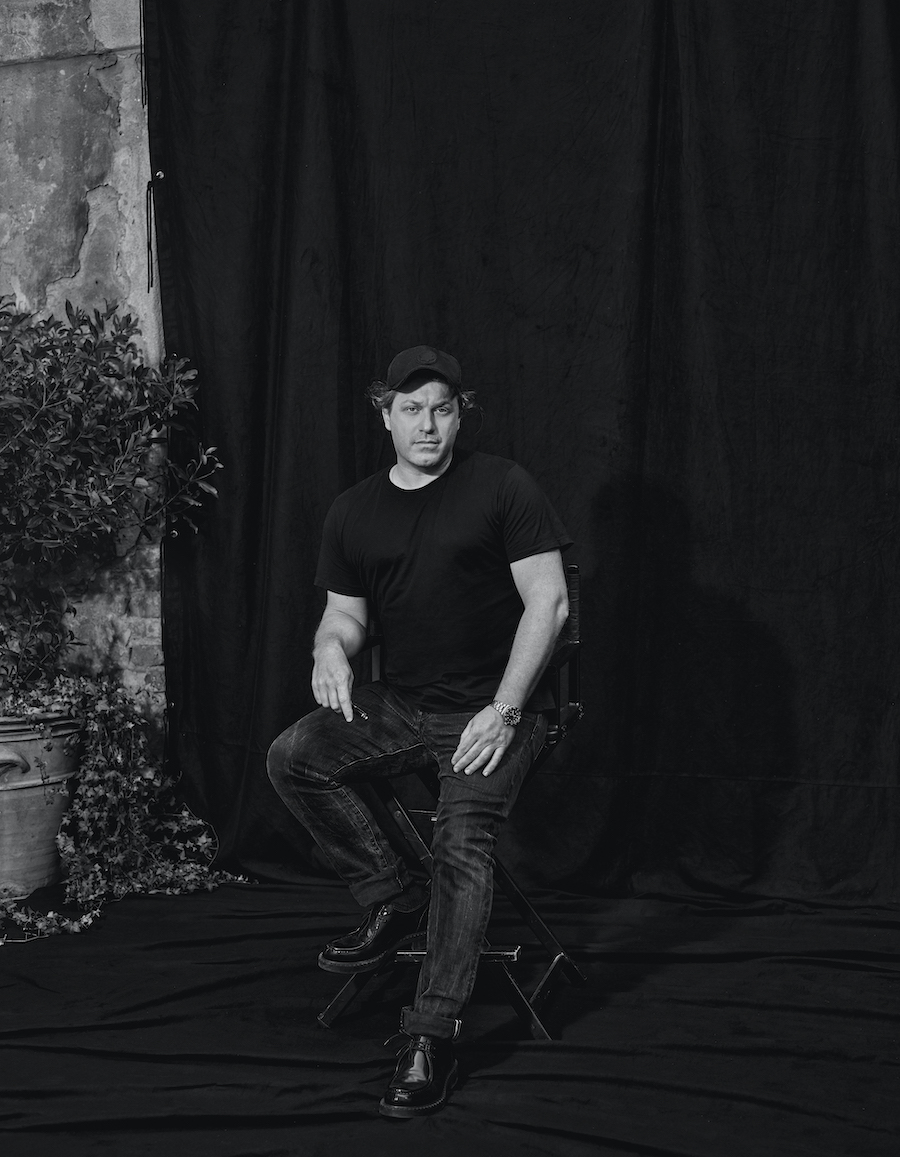
Portrait of Marco Tomasetta courtesy of Montblanc.
WW: In the leather category, there are several product lines. What decisions go into developing new items?
MT: Montblanc as a maison is not a fashion house, so it is important for us not to get caught up in chasing the latest trend or pieces that will only last a season. It is about creating staying power, pieces that have the potential to be icons. That doesn’t mean that we don’t study closely the lifestyles of our customers to understand how they move, how they live, and what kind of pieces will be most functional for them with aesthetics that allow them to express who they are or how they feel. We have broadened our appeal with different collections, from business to leisure, from emerging luxury customers to more established customers. There are some distinctive design elements that connect them but they each have their audience.
WW: For years, Montblanc has created writing instruments that are genderless, as writing. How does it consider creating other products, like leather, with a “for everyone” approach?
MT: Writing instruments have been mostly genderless apart from a few collections that were created for women, celebrating historic muses, for example, with more feminine designs. With our leather designs, we want the pieces to be accessible to everyone. We have introduced shapes that are more feminine, and some pieces remain more masculine, as well as some much bolder colors. The assortment is fluid, and we invite our customers to choose what reflects their needs and their own personal style with more customizable options thanks to the innovative modularity system of collections like Montblanc Meisterstück 4810.
“We want the pieces to be accessible to everyone.” —Marco Tomasetta
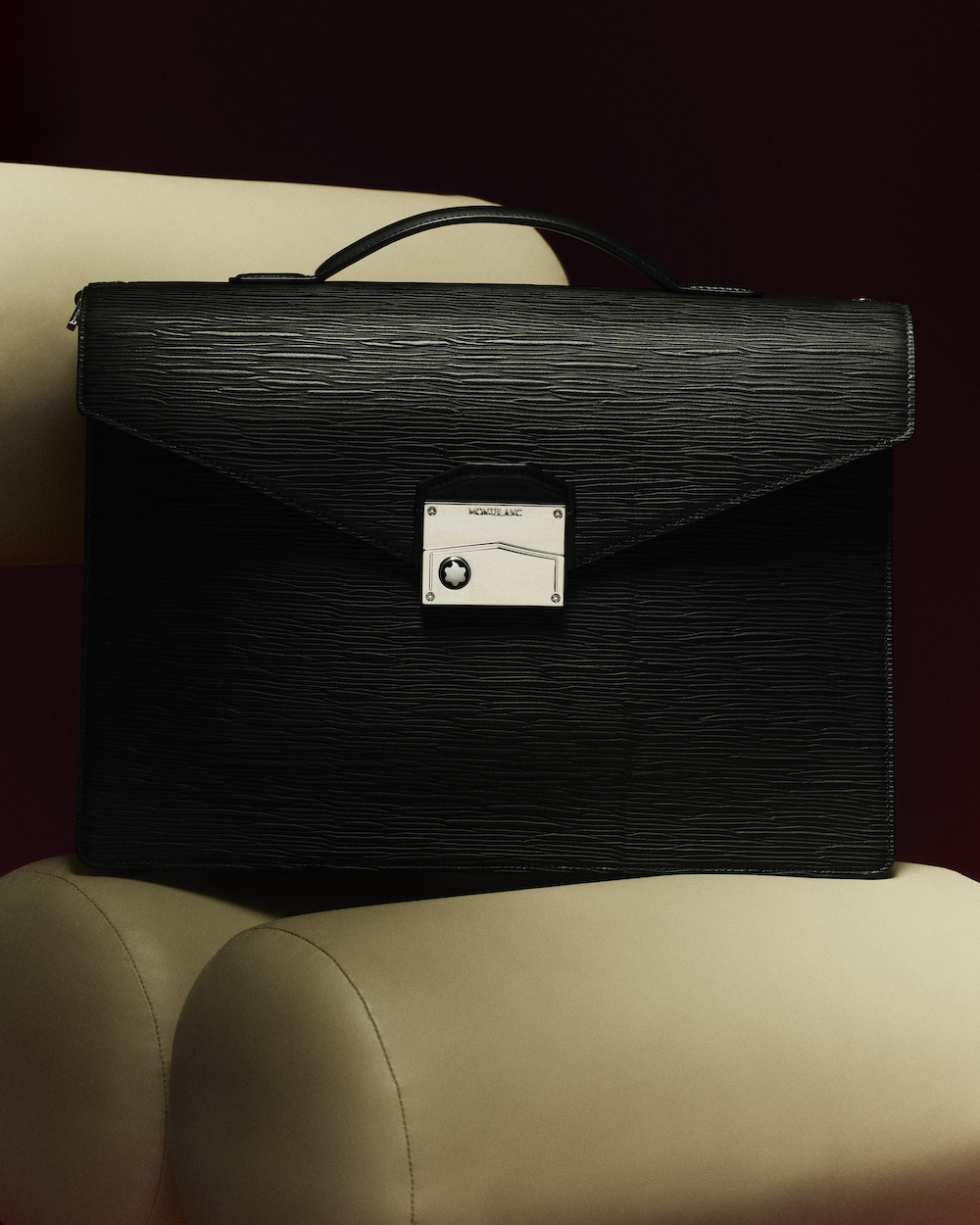
Courtesy of Montblanc.
WW: In your role, how are you helping Montblanc navigate how it reimagines its identity and approaches the future?
MT: I am working across categories to make sure that we are putting a cohesive approach and connecting the product categories in an intentional way. That’s what is what I love about this role, it goes beyond leather goods but the whole look and feel of the brand. Recent campaigns like “On the Move” and “Library Spirit” bring the best of Montblanc together, and frame a new image for the brand, rooted in heritage but really looking to the future. There is so much richness in the maison‘s archive, with so many stories to tell, but I am doing it in a way that is dynamic, forward-looking, and fun.
“There is so much richness in the maison‘s archive.” —Marco Tomasetta
WW: Today, traveling—how, how often, to where—impacts what we buy. How are you considering the concept of traveling when designing new or refining previous products?
MT: Passion for travel has never been more intense than it is today. I myself am an avid traveller and that is how I get so much of my own creative inspiration. Montblanc leather goods were initially conceived for travel, literally taking the writing experience on the road with notebooks, pen holders, and other pieces, so it is part of our DNA. Our pieces are created for a new generation of travelers with different habits and expectations. Our functionalities reflect this, and the quality and durability of our pieces mirror the importance they place on sustainability and choosing pieces that can last a lifetime.
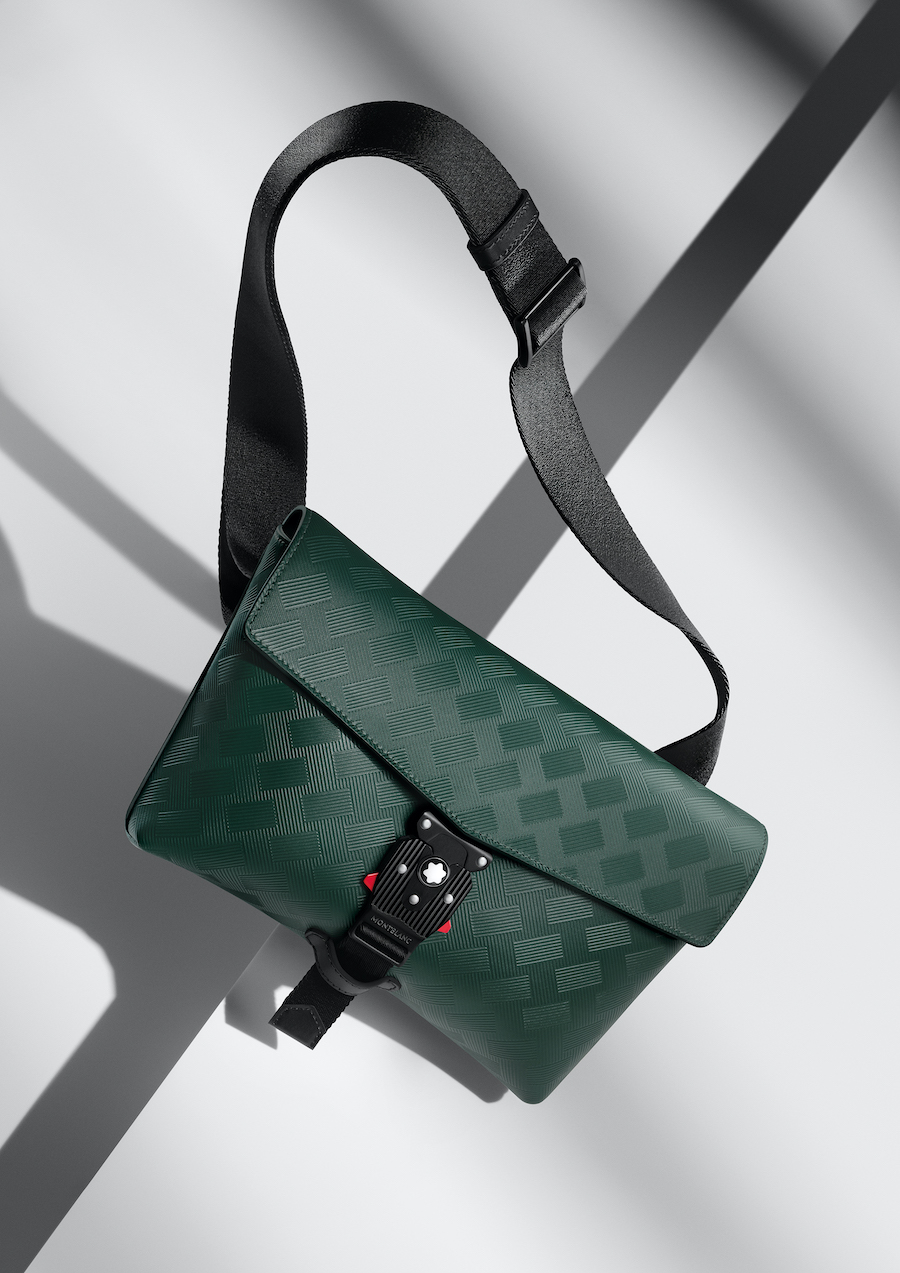
Courtesy of Montblanc.
WW: The brand has always been function-driven—offering document holders for documents; writing instruments for writing—but versatile leather goods feel like they’re for everyday use. What are your thoughts on creating more versatile products versus those for specific use?
MT: We still create pieces that have a very specific use but most of our pieces are more flexible, more versatile because that’s the world we live in. Going to work no longer means just going to the office carrying a traditional document case. It is so much more nuanced and complex, we work at home, offsite, in the office, on the move, and we need smart, flexible pieces that have more than one function. We have spent a lot of time thinking about this customer’s journey, the technology they use, the functionalities they need, and how they want to access their belongings in their bag.
WW: Montblanc is becoming more of a lifestyle brand than singularly a writing instrument brand. Where does it fit in the global market? Who would you say are, or hope to become, Montblanc customers?
MT: There are so many ways to enter the Montblanc universe—whether through watches, leather goods, or writing instruments—but the Maison will always nurture its heritage in writing culture. While we are a global company, it’s important to understand regional nuances and values so we do emphasize certain collections over others in some regions and create market-specific pieces where it makes sense. We know that we have a strong positioning in the luxury business lifestyle customer segment—with creatives and entrepreneurs who are rewriting the rules of work and business—but at the end of the day, Montblanc is for anyone who wants to live by our belief that everyone can ultimately leave their mark if they put their mind and passion to it.
WW: What is your one go-to Montblanc product?
MT: There is one icon above all icons—the Montblanc Meisterstück, which has been the source of so much of my inspiration. If I had to choose a go-to leather piece, then the Meisterstück 4810 Bowling Bag to which I attach a modular Envelope Pouch in a contrasting colour. It’s practical but it’s also very fun and personal.
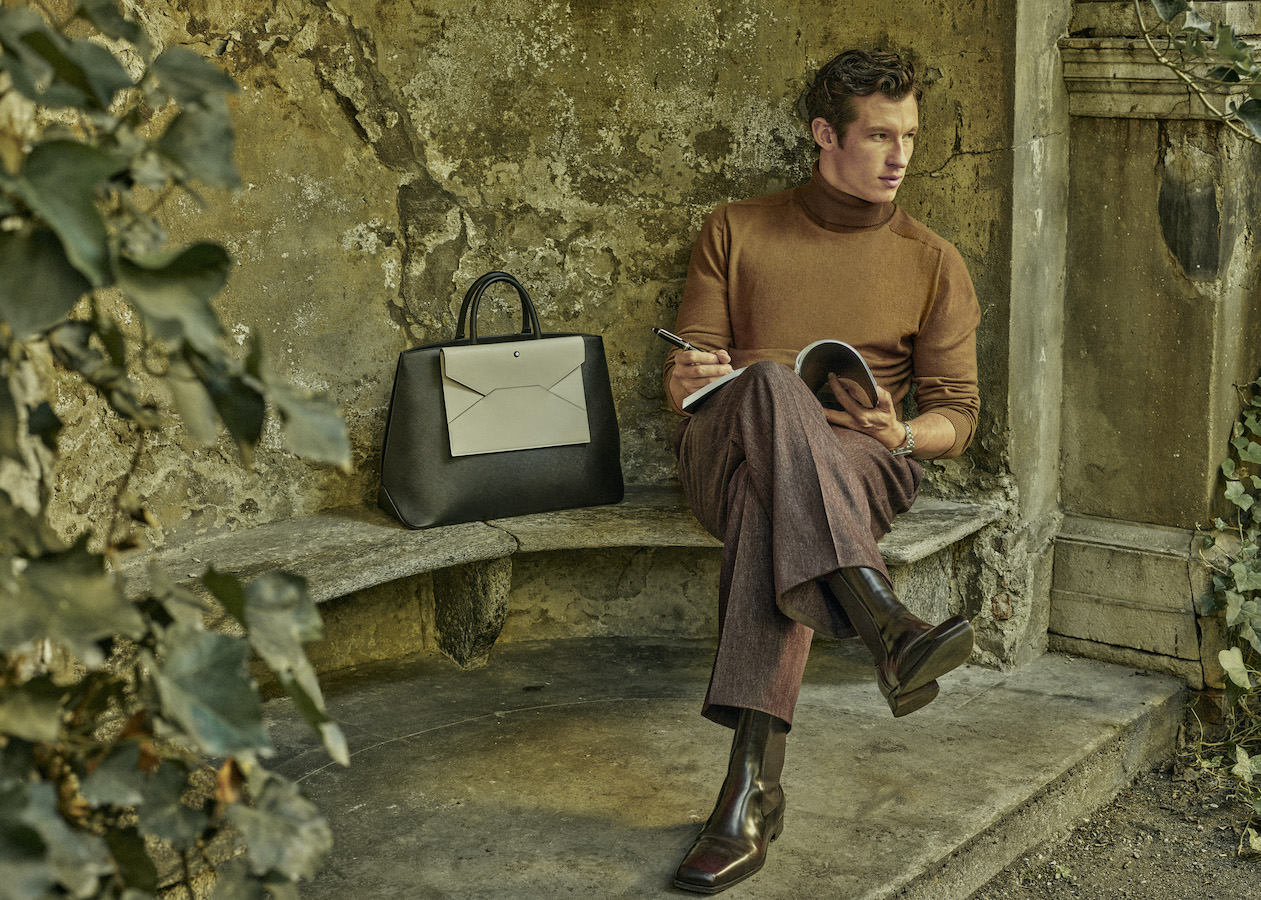
Courtesy of Montblanc.



